Applications :
We identified 4 domains where Movuino can be relevant :
- e-health : People with motion-related pathology can monitor their symptoms.
- Education : Students can learn about physics in the real world.
- Sports 2.0 : Users can design algorithm to analyze qualitatively their sport movement
- Arts/performances : Artist can easily integrate motion into their artpieces.
Hardware design :
Actually there is 3 versions of the Movuino hardware which are currently tested.
Every Movuino board has : Arduino-compatbile MCU + Motion sensors (6-10 DOF) + Flash memory + battery management + Wireless communication
Software design :
Actually there is several versions of the desktop software. Historically we started to develop it in processing because it was perfect for prototyping but now we have also a desktop app in Python and simple mobile apps.
State of the project :
- The whole system to log data and stream data (via wifi or ble) works very well , some improvements still can be done in terms of performance (especially in power consumption).
- Machine learning on the gathered has been also validated.
- The main challenge now is the design of the user interface for the machine learning platform. Once we have a working prototype we will release Movuino to selected beta testers.
License :
Every material posted here and on Github is under creative commons license cc-by-sa.
Movuino trademark is registered in France and internationally
Acknowledgments to all the people who contributed or still contributing to the project:
- Helen and Pedro in Brazil
- Alexei in Shenzhen
- Romain , Adrien , Raphael in Paris
 Kevin Lhoste
Kevin Lhoste


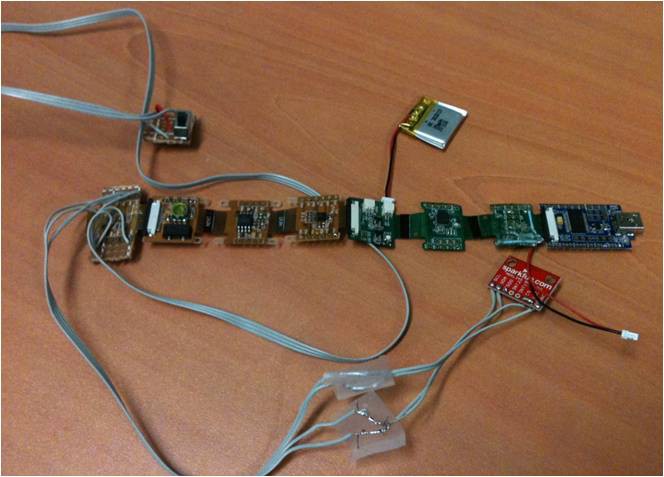


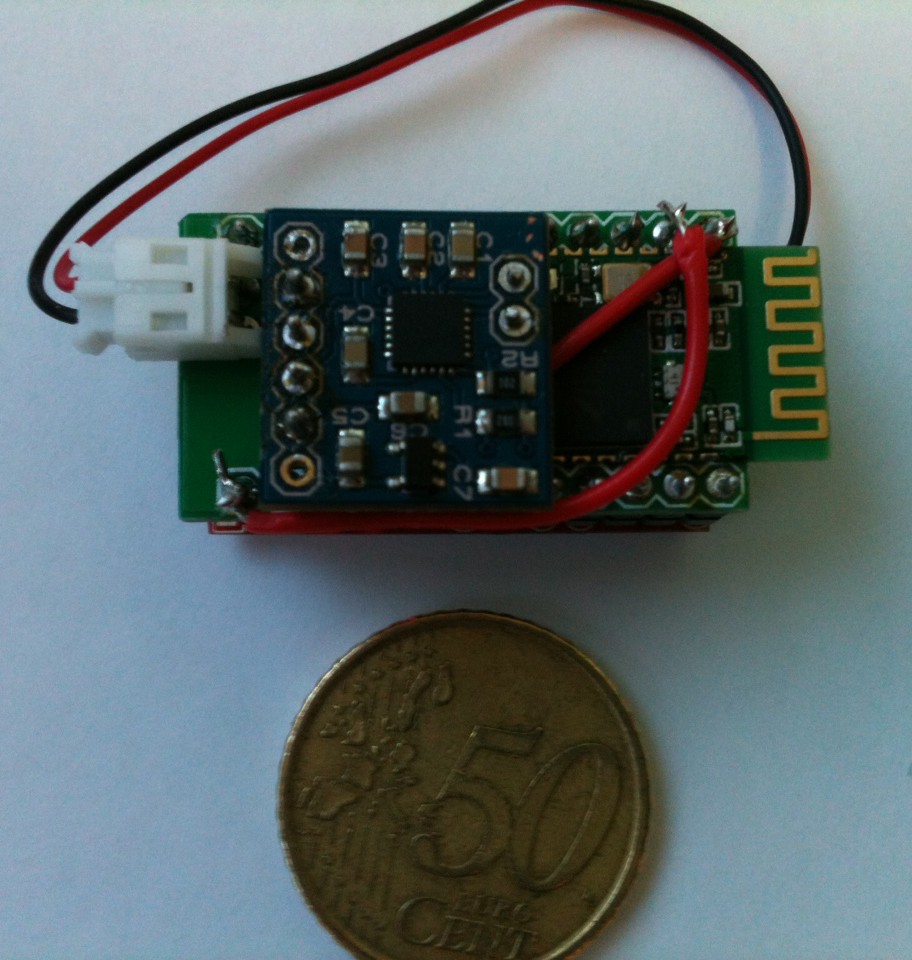


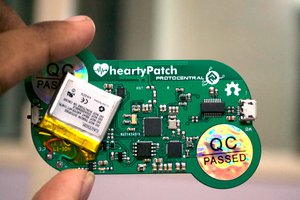
 Ashwin K Whitchurch
Ashwin K Whitchurch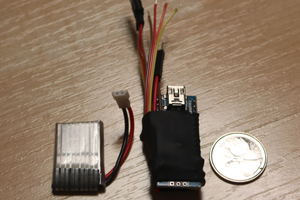
 vcazan
vcazan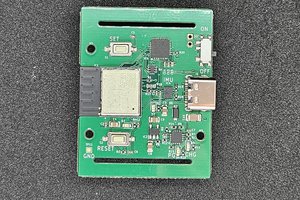
 YJ
YJ
 Anthony I Stewart
Anthony I Stewart